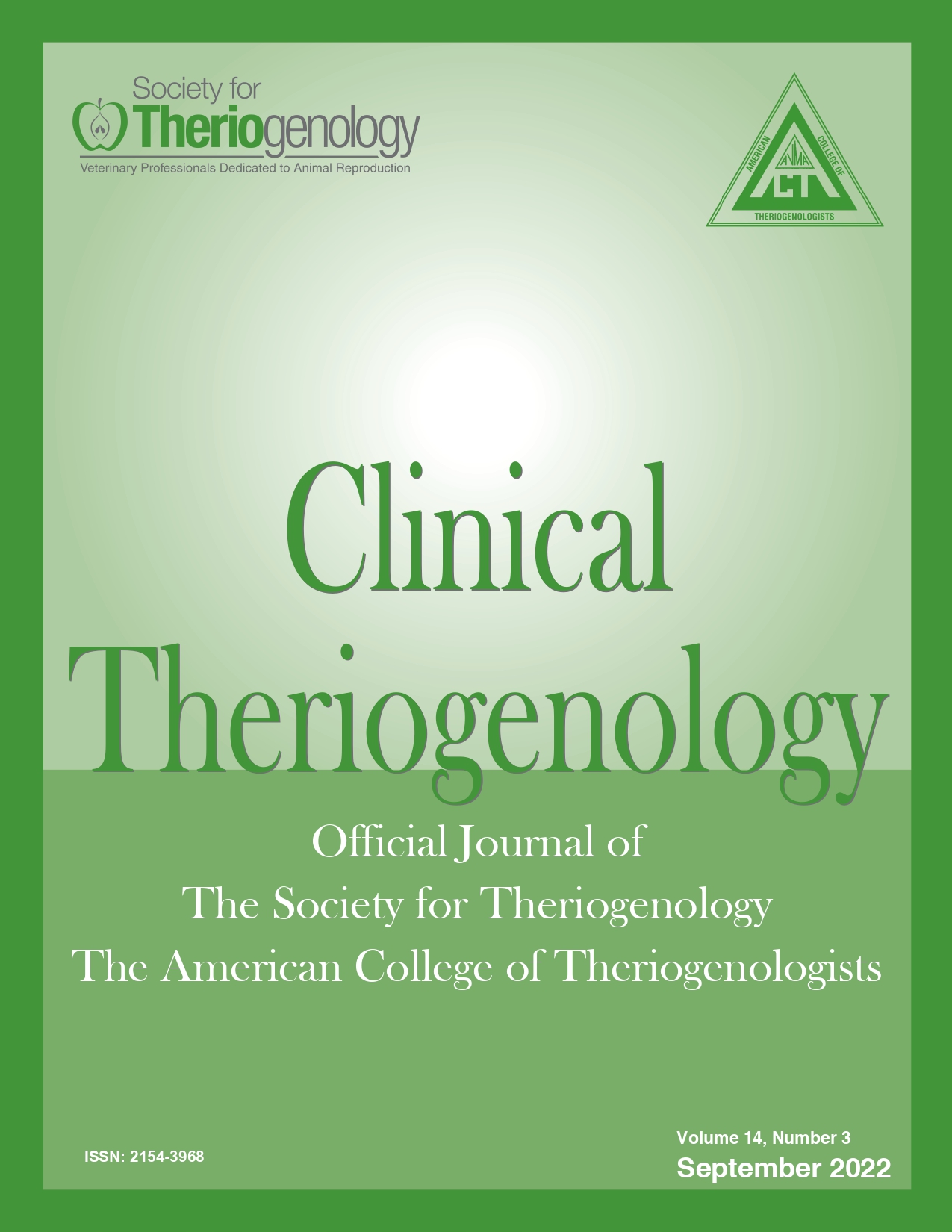Reproducing safety: handling hazardous drugs in your veterinary practice
Abstract
Handling drug products in the veterinary setting is not uncommon. Drugs are handled by veterinarians, support staff, and clients. Although some drugs have a higher risk to health than others, there is a lack of knowledge about hazardous drug handling including which drugs pose greater risks. Main purpose of this article is to stimulate engagement in inter- and intraorganizational knowledge sharing related to hazardous drug handling. Hazardous veterinary drugs are not on the federal hazardous drug list, leaving some practitioners unsure where to find hazard information. Therefore references, resources, and recommendations are provided to address the gap in knowledge. Interorganizational collaboration with other practices allows for transfer of knowledge that can be translated and transmitted back into one’s own practice for intraorganizational knowledge sharing related to handling hazardous drugs in the workplace. Regulatory considerations and procedure standards are reviewed with resource links provided. Details for applying hazardous drug handling in the veterinary setting include descriptions of learning facilitation needs. Emerging workplace safety concerns related to hazardous drug handling exposes a need for a culture of safety to protect humans, animals, and the work environment. Implementation plans for supporting a safety culture are presented that can be utilized in a veterinary setting.
Downloads

This work is licensed under a Creative Commons Attribution-NonCommercial 4.0 International License.
Authors retain copyright of their work, with first publication rights granted to Clinical Theriogenology. Read more about copyright and licensing here.







